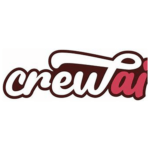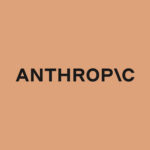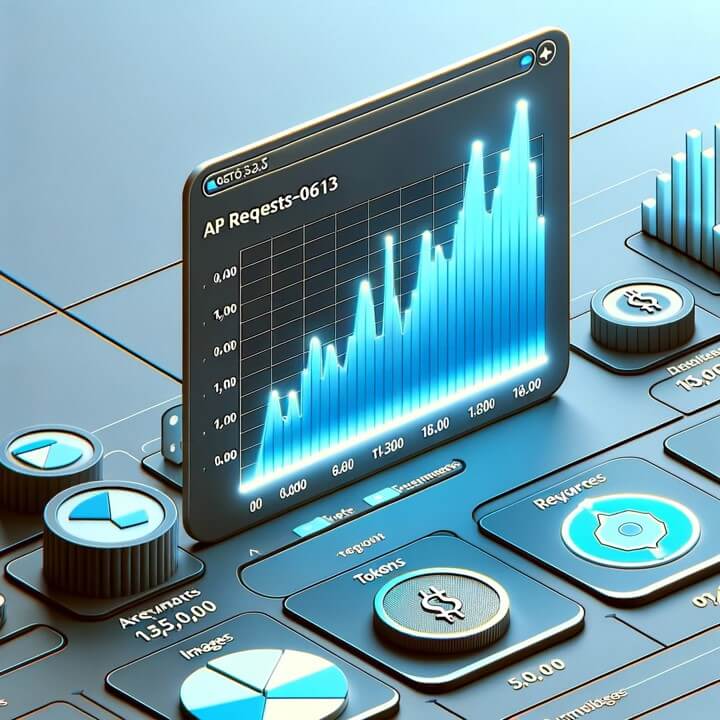Empowering the mass adoption of AI
tokes compare is a pioneering user-friendly platform that allows users to compare the usage costs, quality and structured outputs of Large Language Models (LLMs), agents and multi agents systems, and Generative AI (GenAI) platforms. We are passionate that consumers getting the best value, and we are here to educate users on the models capabilities, outputs and price points so you can get the best value to meet your requirements.
Featured models and platforms
Our top picks for LLMs, agents and GenAI platforms. Unleash AI power to transform your businesses and power your applications, driving success like never before!
crewai
Multi-Agent System

CrewAI's new Flows revolutionises AI workflow management by providing a structured, event-driven framework that allows developers to seamlessly integrate multiple tasks and agents.
- Open Source
Anthropic
Claude 3.5 Sonnet (New)

Claude 3.5 Sonnet is leading the way in industry benchmarks, the updated version is now state-of-the-art for real-world software engineering tasks, agentic capabilities, and the new and powerful computer use is in public beta. Excellent for coding support.
- Commercial Model
OpenAI
o1-model (New)

A new series of AI models designed to spend more time thinking before they respond. These models can reason through complex tasks and solve harder problems.
- Commercial Model
Meta
Llama 3.2

Llama 3.2 includes small and medium-sized vision LLMs (11B and 90B), and lightweight, text-only models (1B and 3B) that fit onto edge and mobile devices, including pre-trained and instruction-tuned versions. The two largest models support image reasoning use cases, such as document-level understanding including charts and graphs, captioning of images, and visual grounding tasks such as directionally pinpointing objects in images based on natural language descriptions.
- Open Source
Educate yourself
Large Language Models, agents and GenAI are globally hot topics. Keep up to date with the latest insights in the tokes compare blog. Get in touch if you want to be featured.
Controlling Costs in the Era of LLMs and agents: A Strategic Approach for Developers, Project Managers, CIOs and CFOs
Highlights the necessity of cost control, with 20 key areas identified for sustainable AI deployment. Also, check out our free LLM tokes compare pricing calculator designed for a quick view of usage and cost.
Tokenizer
Many Large Language Models operate on tokens - tokens are the building blocks of text in LLMs. A token refers to a basic unit of text representation used for processing and understanding the text. Tokens can be words, subwords, or characters, depending on the tokenization method used.
You can use the free OpenAI tool below to understand how a piece of text would be tokenized in GPT-3.5 or GPT-4, and the total count of tokens in that piece of text.
GenAI Open Playgrounds
Have fun, search, explore, and engage with a range of GenAI models (text, image, audio, video, code, 3D).
Summary of current models
LLMs and GenAI models today come in a variety of architectures and capabilities.
This up-to-date interactive tool provides a visual overview of the most important LLMs, including their training data, size, release date, and whether they are openly accessible or not.
Battle Chatbots!
Chatbot Arena allows users to prompt two large language models simultaneously and identify the one that delivers the best responses. The result is a leaderboard that includes both open source and proprietary models.
Model & API Provider Analysis
Understand the AI landscape and choose the best model and API provider for your use-case
Introduction to LLMs
Large Language Models (LLMs) and GenAI intersect and they are both part of deep learning. Watch this video to learn about LLMs, including use cases, Prompt Tuning, and GenAI development tools.
Enroll in this course on Google Cloud Skills Boost
Introduction to Generative AI
What is Generative AI and how does it work? What are common applications for Generative AI? Watch this video to learn all about Generative AI, including common applications, model types, and the fundamentals for how to use it.
Enroll in this course on Google Cloud Skills Boost
Introduction to RAG
LLMs are a powerful new platform, but they are not always trained on data that is relevant for our tasks. This is where retrieval augmented generation (or RAG) comes in: RAG is a general methodology for connecting LLMs with external data sources such as private or recent data. It allows LLMs to use external data in generation of their output.
Frequently Asked Questions
A lot of people are new to LLMs and generative AI platforms and we aim to address the most common questions customers have for all stages of their journey.
A LLM is a language model consisting of a neural network with many parameters (typically billions of weights or more), trained on large quantities of unlabeled text using self-supervised learning or semi-supervised learning. They can be used for a variety of tasks such as text generation, text classification, question answering, and machine translation. Over time, these models have continued to improve, allowing for better accuracy and greater performance on a variety of tasks. We are now seeing the emergence of LLMs that can understand images, videos and audio as well (GPT-4o, Gemini 1.5 Pro, Claude 3.5 Sonnet).
At tokes compare, we allow you to compare open source and commercial LLMs and understand which one will meet your requirements.
When people refer to a Large Language Model, they are usually talking about a type of artificial intelligence model designed to understand, generate, and manipulate human language. These models are built using deep learning techniques and are trained on massive amounts of text data. As a result, they can comprehend and produce text in a coherent and contextually relevant manner, often resembling human-like language understanding.
Generative AI platforms, on the other hand, are systems that utilize these LLMs or similar generative models to create content. These platforms can generate text, images, music, or even code based on given inputs or prompts. They are capable of completing tasks like generating responses in a conversation, summarizing text, creating human-like articles, and more.
Large Language Models, like OpenAI's GPT series are often used as the foundation for generative AI platforms, enabling a wide range of applications such as chatbots, content generation, translation services, and virtual assistants - hence why it is good to know more about how they can help you transform your applications or business.
Understanding the difference between a token and a character is essential to compare pricing across providers properly.
• A token is a unit of measure representing characters (see our blog section for more details on tokens and tokenization). A helpful rule of thumb is that one token generally corresponds to ~4 characters of text for common English text. This translates to roughly ¾ of a word (so 100 tokens ~= 75 words).
• A character is a single letter, number, or symbol. For example, the word “hello” has five characters and may be slightly larger than one token.




